Cichlids of Lake Tanganyika | by Suneal Mendonca

Lake Tanganyika, one of the oldest and deepest freshwater lakes in the world, is a natural wonder shared by four African countries: Tanzania, Burundi, the Democratic Republic of the Congo, and Zambia. This magnificent lake spans over 670 kilometers in length and holds about 18% of the world’s available freshwater. Its ancient waters are home to a rich diversity of life, including a unique array of cichlids, which have evolved to occupy nearly every ecological niche in the lake. These colorful and behaviorally fascinating fish are a cornerstone of the lake’s biodiversity and a treasure for aquarists worldwide. Below is an overview of the various types of cichlids found in this remarkable lake.
1. Julidochromis (Julies)
Native to Lake Tanganyika, these cichlids are admired for their striking patterns and ease of care, making them a favorite among hobbyists.
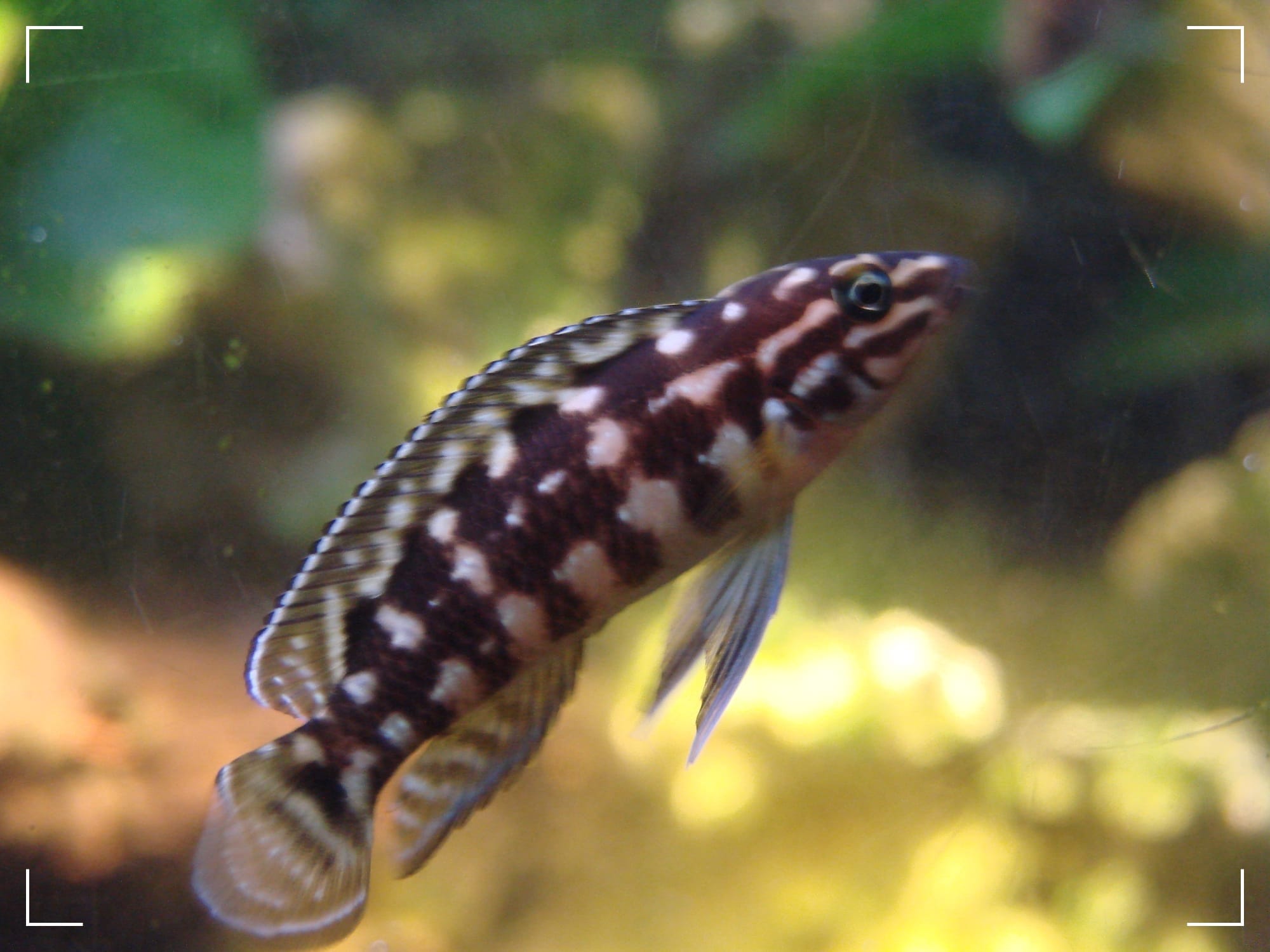
2. Altolamprologus
Known for their bright colors and distinctive patterns, Altolamprologus species are popular choices for aquarium enthusiasts. Notable varieties include the smaller Altolamprologus compressiceps "Sumbu," which is adapted to use shells for shelter.
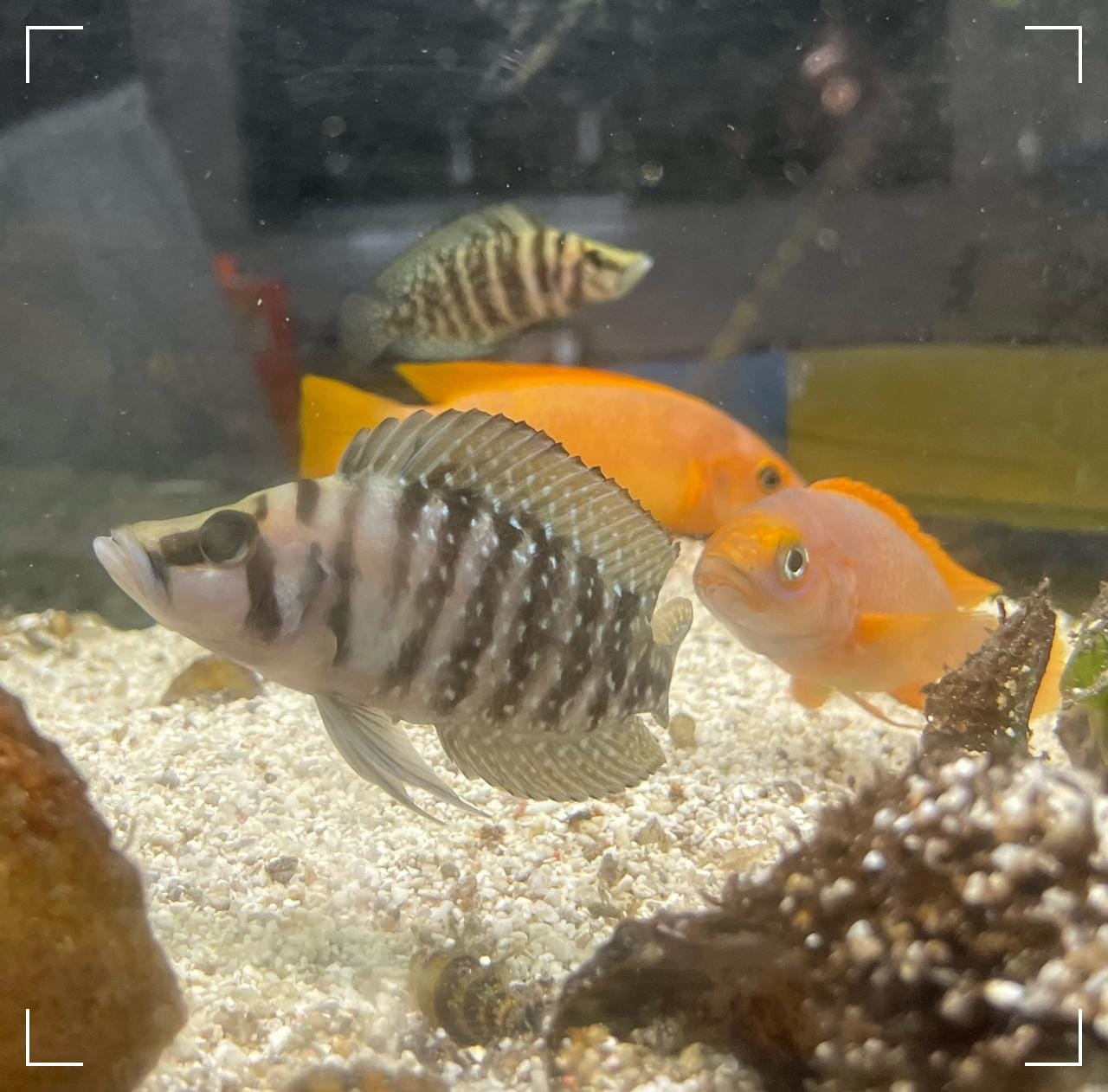
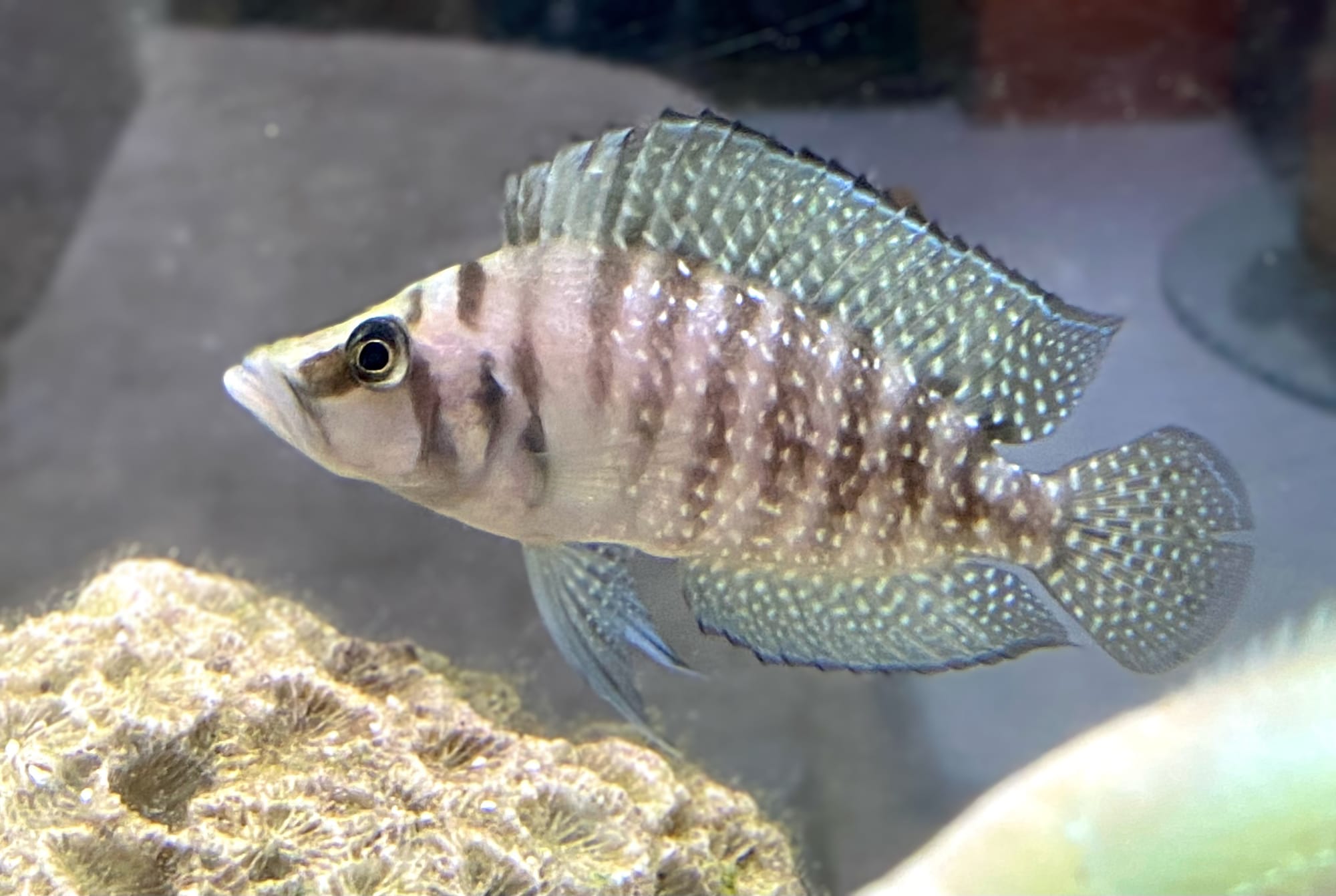
3. Emperor Cichlid
The emperor cichlid is one of the largest cichlids in Lake Tanganyika and stands out for its majestic appearance and territorial nature.
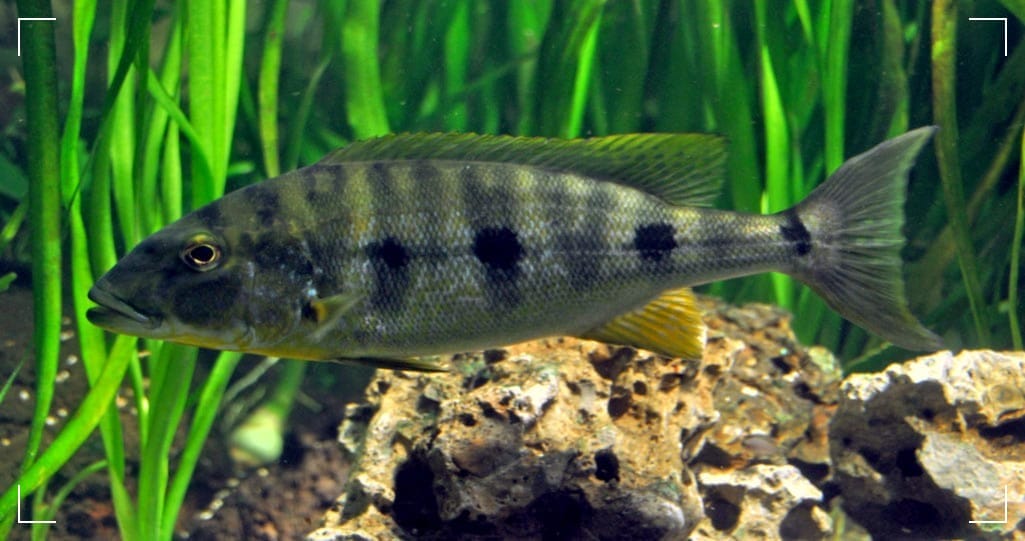
4. Shell Dwellers: Unique and Fascinating Behavior
Shell dwellers are a diverse group of cichlids that use shells for shelter and breeding. These species are known for their territoriality and family-oriented behaviors. They can be categorized into several groups:
A. Colonial Shell Dwellers
These species form dense shell beds, either by inhabiting natural shells or creating their own. Popular examples include:
- Neolamprologus multifasciatus
- Neolamprologus similis
- Neolamprologus callipterus

B. Ocellatus Group
The ocellatus group features some of the most attractively patterned and aggressive shell dwellers. Their territorial behavior has been likened to sharks patrolling a beach. Species include:
- Lamprologus ocellatus
- Lamprologus stappersi
- Lamprologus specious
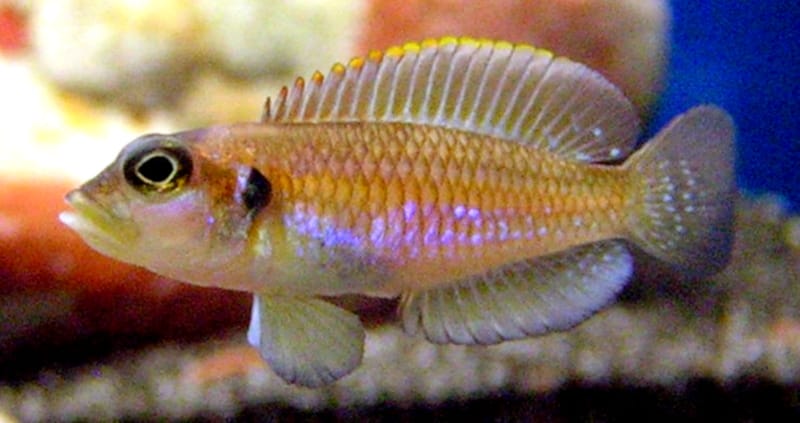
C. Lepidiolamprologus Group (Now Neolamprologus)
These larger shell dwellers may also inhabit muddy environments in the wild. Examples include:
- Neolamprologus boulengeri
- Neolamprologus hecqui
- Neolamprologus variostigma
- Neolamprologus meeli
D. Brevis Group
These species have heavy bodies and gentle temperaments, making them excellent for community tanks. Examples include:
- Neolamprologus brevis
- Neolamprologus calliurus
E. Signatus Group
This group consists of slim, reflective species with unique appearances, such as:
- Neolamprologus signatus
- Neolamprologus ornatippinnis
- Neolamprologus kungweensis
F. Telmatochromis
This genus includes one confirmed shell dweller, Telmatochromis sp. "temporalis shell," as well as other species that may adapt to shell dwelling in captivity.
5. Shelter Brooders: Protectors of Their Young
Shelter brooding is a widespread reproductive strategy among cichlids. These fish guard their offspring by hiding them in caves, shells, or even inside their mouths for protection.
6. Mouth Brooders: Guardians of Eggs and Fry
Most Tanganyikan cichlids are either mouth brooders or cavity brooders. Mouth brooding species guard their eggs and fry inside the parent’s mouth, with some fry even returning to the parent’s mouth for safety or rest. Notable examples include:
- Tropheus
- Xenotilapia
- Eretmodus
- Cyphotilapia
- Lobochilotes
- Cyprichromis
The number of eggs varies greatly among species. For instance, a Tropheus female typically produces 5–10 eggs per batch, whereas a Lobochilotes female may lay several hundred eggs.
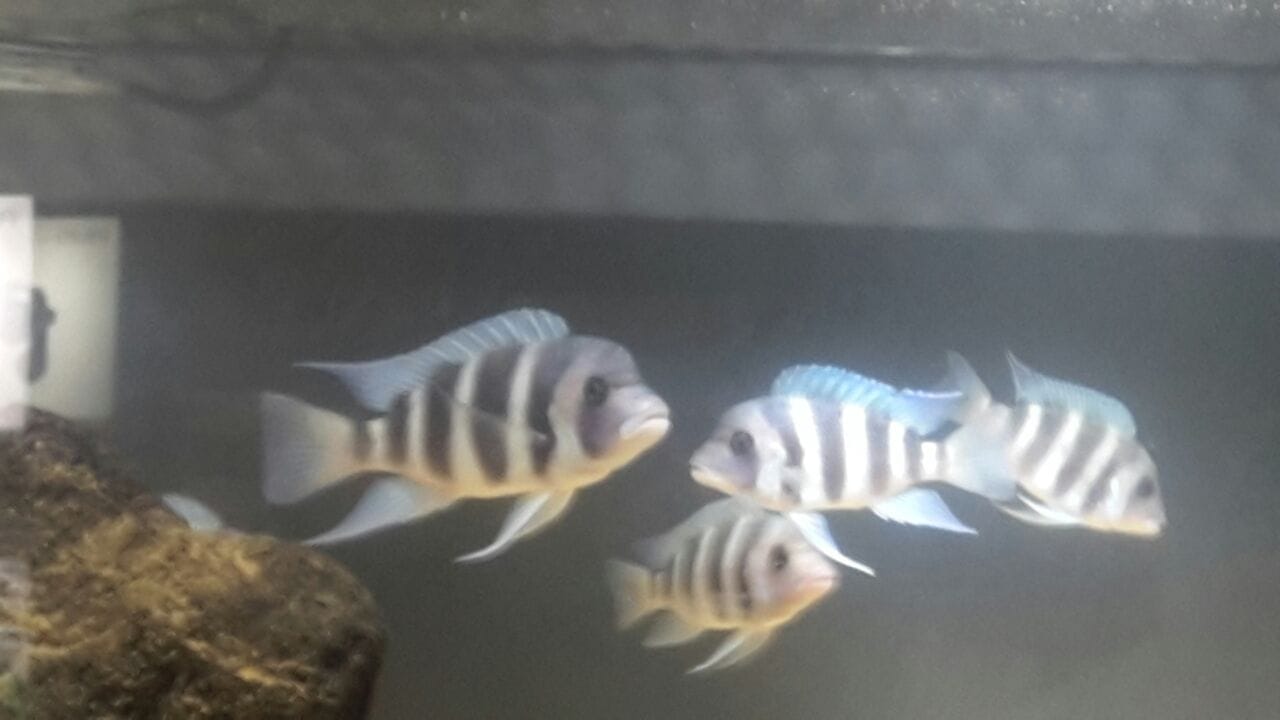
Lake Tanganyika’s cichlids offer an unparalleled diversity of forms, colors, and behaviors. Whether you are captivated by the intricate family dynamics of shell dwellers or the protective nature of mouth brooders, these fish provide endless fascination for aquarists and researchers alike. I will be sharing my experiences rearing and breeding these beautiful fishes on The Weekend Aquarist.
